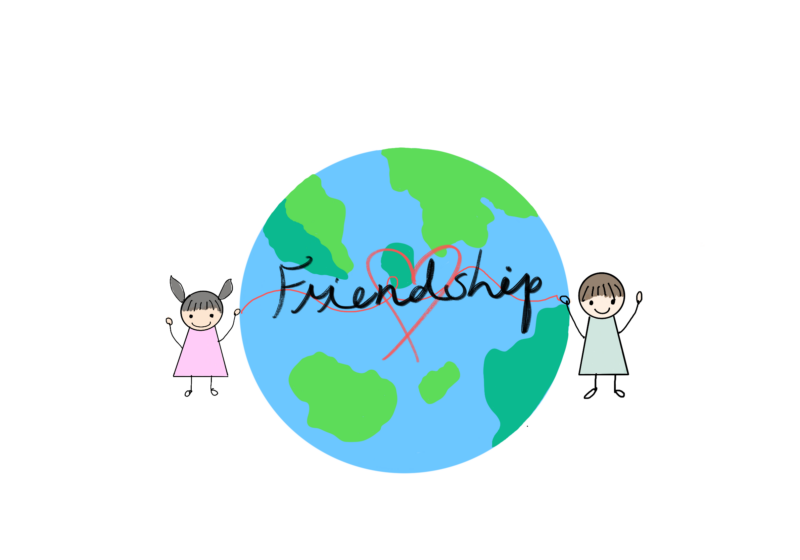If you have read any articles about making long-distance relationships work, nearly all of them say something along the lines of “communicate with the other person!” But what does communication look like? How do we know that the other person wants to continue communicating with us? Why do some of us naturally drift apart even after our numerous attempts to communicate with each other?
Undoubtedly, you and I both have people that we talked to daily in high school who we perhaps only talk to once or twice a year now, wishing each other happy birthday or “happy new year.” Maybe there was a person with whom you walked to classes and are now barely in contact — I know I certainly do. It’s natural. Forced proximity is a great force that initiates and often maintains friendships, and without it we have time to breathe and think about whether or not we truly want to continue them.
Okay, if we know for certain that we want to keep in contact with a friend, how do we make sure that happens? There’s always this fear that your best friend will find their own friend groups in college and slowly start to forget about you. I get that. Even with a majority of my friends going to school near UR, the same thing still applies; because we aren’t together every day like we used to be, it forms an emotional distance. While I understand the fear, we must remember that we most likely also have this new friend group in college that we interact with daily, and your best friend might be feeling the same way. The hard thing to understand here is that if the friendship is something you both cherish and want to continue, the effort to stay in touch would be equal in magnitude.
Communication comes in two major forms: active and passive. Active communication refers to physical interactions between people where thoughts are shared in real time; passive communication is the exchange of thoughts over another medium, like texting or emailing. To make long-distance relationships work, we need both types of communication consistently, not just when it is convenient for one or the other.
In every miscommunication trope I’ve read in books that apply well to experience I’ve had in real life, there is one common thought I found the protagonist to have: When the other party doesn’t seem like they’re putting in as much effort as you, it feels like they don’t care. Because of that, you start to put in less effort because they aren’t putting in as much effort. It’s a common cycle that we fall into. But this is the time that communication becomes a necessity. Because we no longer know what is going on in the other person’s daily life, it’s harder for us to judge their schedule and what they’re thinking. We must understand that we are all busy people; but those who want it to work will make an effort to keep in touch despite their busy schedules, whether that’s sending and replying to reels throughout the day or spontaneous video calls in the middle of the night.
To stay up to date with one another, my friend group created a weekly newsletter system where we answer questions independently on a questionnaire. Then, as the person who creates the emails, I send everyone’s responses out every Sunday, which is also when we would react to people’s weeks in our group chat. In this case, we have slotted a designated time to talk about our week.
After being away from my home friends for a whole semester, being able to gather for a couple of hours over break is so much more precious. What I’ve come to realize is that adult friendships look different. We might go weeks without seeing a friend but still might fall into the same routine effortlessly when we finally do.
In the end, I don’t think there is anything magical that makes some friendships work but not others. Some friendships come naturally, while others require more effort, and there is nothing wrong with that. Communication enforces friendships but it can’t force friendships to work. So don’t be afraid to bombard your best friend with TikToks that keep them up at night, and always find time over break to goof around!




